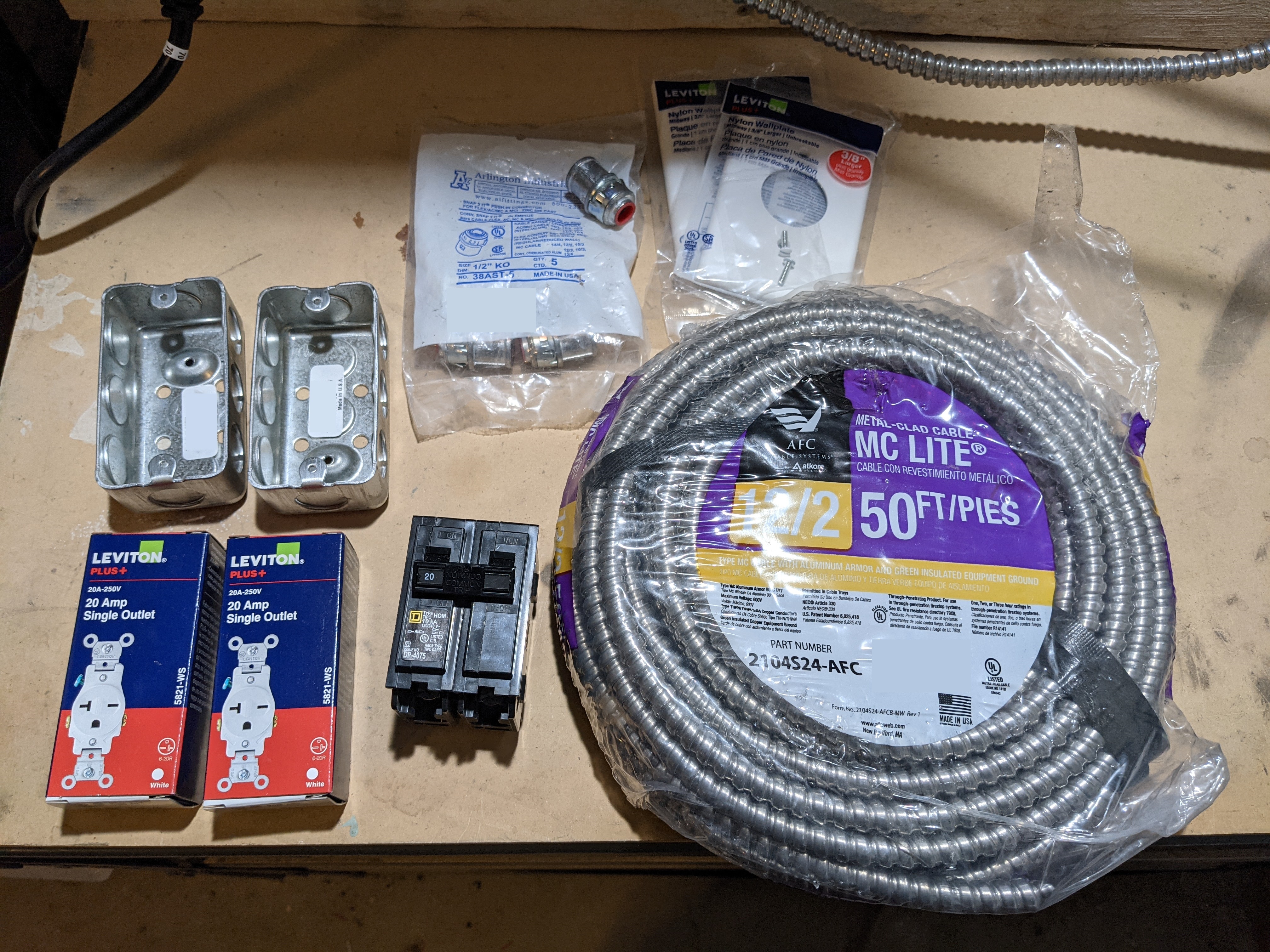Basic Electrical Requirements
Electrical is no joke, hundreds of people across North America die each year from electrocution. Safety standards are there for a reason and you need to consult with a licensed electrician to ensure your installation meets the minimum safety requirements. Hiring a licensed electrician is not as expensive as you might think. You just spent upwards of $10,000 on your ASIC, the last thing you want to do is fry it; or worse cause damage to your home, your loved ones, or yourself.
The information provided here is reference material only. This information is provided to give you a basic understanding of the materials involved and how they are configured so that you can have a well-informed discussion with your licensed electrician and forecast your budget better. The information provided here is not meant as Do-It-Yourself (DIY) instructions.
Understanding the electrical infrastructure starts with understanding your Bitcoin mining hardware. The links lead to the manufacturer's specification pages for more details.
- Power Supply Unit: P21E
- Operating Voltage: 200 volts to 277 volts (240 volt)
- Wattage: 3,400 Watts
- Amperage: ~15 amps
- Power Supply Units: APW121215
- Voltage: 200 volts to 240 volts (240 volt)
- Wattage: 3,250 Watts
- Amperage: ~14 amps
To calculate amps take the wattage divided by the voltage, for example: 3,400 ÷ 240 = 15 amps
With this basic information, we can start to understand the minimum requirements of the electrical infrastructure. One important concept here is the 80% rule. In electrical circuits with a continuous load such as an ASIC that runs 24/7, the consumption should never exceed 80% of the circuit capacity.
Observing the 80% rule, to calculate what the circuit should be rated for, multiply the amperage by 1.25, for example: 15 x 1.25 = 18.75 which should be rounded up to the nearest standard, 20 amps in this case.
Whether you have a Whatsminer or an Antminer, you will want to have a circuit that is rated for at least 20 amps. This means you will want a 240 volt, 20 amp circuit breaker, 20 amp outlets, and 12 gauge cable. Here is an example of some common materials that meet these specifications:

Let's break down what we see in this picture and why:
- Nema 6-20 Outlets, rated for 250 volts, 20 amps, commonly available Nema specification for power cables.
- HOM Style 20A 240V Circuit Breaker, for Square D brand panels. If you have a Siemens brand panel, you want the QP style breaker. Or if you have a Cutler-Hammer brand panel, you want the CH style breaker.
- 12/2 MC Cable, rated for 600 volts, 20 Amps, 12 AWG THHN 90° cable, metal jacket means it can be ran on the exterior of walls and still meets code.
- MC Cable Connectors, easily terminate the MC cable to the electrical panel and outlet box 1/2" knockouts.
- Outlet Box, robust steel construction, 10x 1/2" knockouts for a variety of configurations.
- Wall Plate "unbreakable" Nylon construction, looks clean once installed.
For a Whatsminer, you only need one outlet. But for the Antminer, you need two outlets because it has two power supplies. Now don't let this get you all confused, the whole ASIC still only consumes ~14 amps, each power supply is pulling ~7 amps. Also, both outlets can be installed on the same 20 amp circuit like I have demonstrated here:

Your ASIC will most likely not include a power cable, the Whatsminers need a C19 connection and the Antiminers need a C13 connection. If you installed 6-20 outlets then these are the power cables you want:
1 x C19 to 6-20 cable for a Whatsminer
2 x C13 to 6-15 cable for a Antminer (the 6-15 fits in the 6-20 outlet, C13 specifications do not exceed 15 amps)
If you are lucky, your Whatsminer might come with a Nema 10-20 to C19 power cable. If that is the case and you want to use that included power cable, then you will want to use the 10-20 outlet.
That should give you a basic understanding of your electrical requirements to discuss with your licensed electrician. Now you should be ready to open your ASIC and check a few things before powering it on.